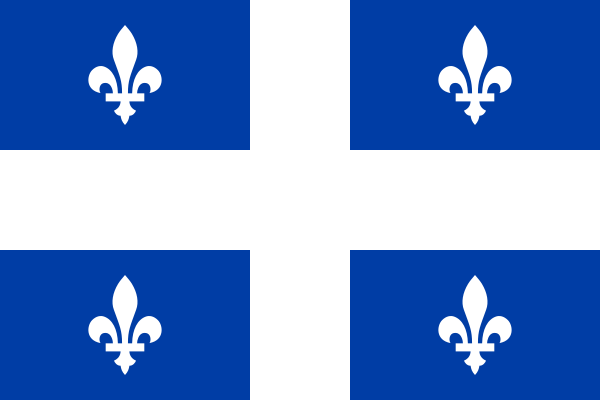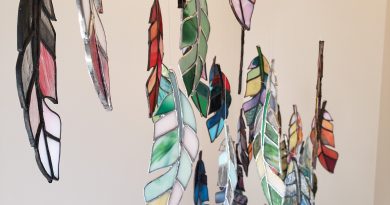Chromatics of Commonwealths And Then Some
Fair warning, folks– this post is borne largely of jetlagged travel musings.
I was recently struck by the idea of contrasting color schemes from city to city after traveling from the US to Canada to Ireland to the UK and back again on my first trip to those two countries. I’m not the first to think about this subject, though I’m taking a slightly different tack here.
When I arrived at Toronto Pearson, I was noticed a sea of proud red logos emblazoning the Air Canada jets on the tarmac. The symbol is fairly ubiquitous in the land of the rising maple, a testament to Canadian national pride, and it’s not as though I don’t see a lot of it already in Windsor or Toronto when I visit. The Canadian flag is a relatively new one, though the maple leaf was used in early iconography for the Canada of yesteryear in both French eastern Canada and Upper Canada alike. Quebec ultimately opted for the fourfold fleur-de-lis, harkening to its French heritage, referencing the decisive French victory at the 1758 Battle of Ticonderoga, and eschewing the British red in favor of a white cross on a blue background. This sat solidly in the realm of religious iconography in the heavily Catholic province that succeeded Lower Canada, but Quebec’s flag and Canada’s maple leaf flag are both essentially pretty modern, mid-20th century products that drew from 17th to 19th century roots.

I had meanwhile recently been enjoying TURN: Washington’s Spies, which features some great costumes from the 18th century, when Freed’m was first invented by exclusively and extremely virtuous landowning white men with pure and virtuous motives, duh. By that time, English soldiers had been rocking the iconic red for at least a century, possibly more like two, since it clad soldiers of Elizabeth I in a couple of 16th century conflicts– though the exact origin of red specifically is a bit unclear.
Is this uniquely British? The article I linked above largely avoids mention of red, instead talking about cities in terms of their built environment– London’s iconic, offwhite brick, for example. (I’ve certainly noticed this in St. Louis between the red of the flag and the red of the brick.)
Aside from military uniforms, Britain has embraced the red-on-white St. George’s Cross for the better part of a solid millennium, which I’m thinking is probably a more logical point of origin, since that forms the basis of the Union Jack. In addition to the fact that red is a common color for a cross (representing the blood of Christ), red has also historically been a fairly affordable pigment in comparison to things like gold or ultramarine (think lavish Renaissance portraits with the Virgin in blue, halos in gold, or what have you).
So, looking at how this is manifest– or correlated, at least- in public color schemes and urban legibility: In London, we all know the iconic double decker red buses. Transit enthusiasts also are probably familiar with the sleek, red trains that move through much of the London Underground. The Docklands Light Rail, a newer route that I also enjoyed exploring, similarly– largely- rocks a red color scheme, though the iconography for the signage is in blue and green.
Contrast this to when we arrive in Dublin: Airport buses are a pleasant aqua green while the rest of city buses are mostly yellow and blue. Red isn’t a common color in public schemes in these parts. Nor does Ireland, first referred to as the Emerald Isle in the poetry of William Drennan (1754-1820), have red in the flag: The green versus orange, bridged by the truce color of white, is meant to represent the Catholic majority versus the Protestant minority (William of Orange– you see what they did there). Green was also used in previous flags and iconography in the context of Irish self-determination and independence.



